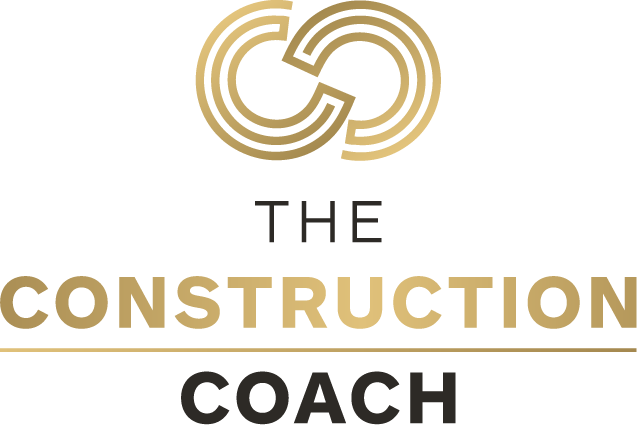How To Make Your Project History Work For You
It’s common knowledge that builders look for the square peg for the square hole when they hire new employees.
It’s a frustrating reality for some and I’ve seen it greatly inhibit the progression of many employees working in the industry.
Because on the other side of that coin – a key driver in the job hunt of many candidates we work with is the opportunity to take on different project types and values.
So, how do you break free from the shackles of your current project experience?
How do you make your project history work for you, not against you?
I’ve listed my advice below. While this isn’t a foolproof approach, it’s a good place to start.
Focus on the pyramid
For example, if you have an extensive background in retail, but you’re looking to break away from the sector and try something new, stop telling us about the retail component of your recent build on your resume!
Tell us about the pyramid underneath it.
There are various components that make up a build. And a lot of the knowledge you will acquire working on these components can be applied to other sectors of the industry.
So, what elements did you manage in the structure of the building that can be cross skilled?
What are your transferrable skills?
When I say transferrable skills, I’m not talking about your broad skill set because the builder is still looking to understand whether you’ve completed the same stuff on previous projects that you will complete on theirs.
I’m talking about things like – did you upgrade the building services on your retail project? This is valuable knowledge that can be applied to the commercial or fitout sector.
If your resume mainly reads fitout – think about whether you’ve completed any structural modifications on your projects. If you have, and you’re wanting to break away from doing fitout, emphasise the structural elements of the project on your resume rather than the fitout element.
Also, what trades are on the projects that you want to break into? Have you managed these trades on previous projects?
If so, highlight it. Sell this to me on your resume!
This leads me to my next point…
Get good at selling your story on your resume
If you’re trying to break into a different sector of construction, this is particularly important.
Tell me (or whoever is reading your resume) the story of what happened on your previous projects.
I want to know how the project went from woe to go. This was the problem, this was the program, and this was the solution implemented.
Talk about the issues you faced on the project and what you accomplished.
Tell your story through your resume and sell your strengths!
By doing so, you make your skills and knowledge more tangible for the prospective employer, and in turn, reduce the perceived risk they may have about hiring you.
Ian Richardson is the founder and Director of Construction People, a specialist recruitment consultancy connecting people with opportunities in the built environment. Beginning his career at Hays in 2001, he now has over 19 years of recruitment experience within the construction industry. Currently, Ian services the recruitment needs of construction and property clients and candidates along Australia's east coast.

